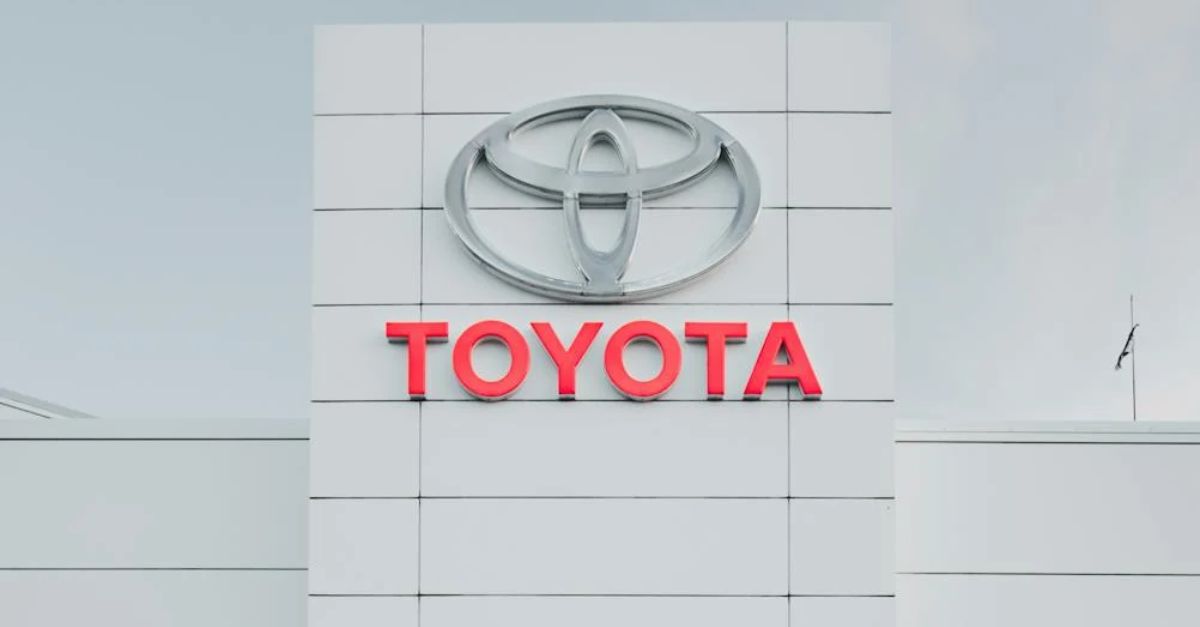Once you start working a full-time job, $1,000 does not seem like a whole lot of money. Because you know that the money will always come back as long as you continue working, you may loosen up a little and get a little lazy with your saving efforts. However, by putting your $1,000 in the right place, you can really make your money grow. In this article, we will explore a couple of investment options you can consider for your $1,000 so you can get the most bang for your buck. Whether you seek high-risk, high-reward options or low-risk, modest-reward 0ptions, these five investment tips will help you achieve your investment goals.
#1 Pay Off Your Debt
Paying off your debt should always be the first step to making your money grow, even before considering stocks and investments. The interest you save by paying your debts faster is almost as good as risk-free. Even if you were debt-free, it's always a good idea to stow away that $1,000 in some emergency fund savings account, just in case you need it later on. Ideally, you would want to avoid making investments while you are still carrying debt; however, oftentimes this is unavoidable. In any case, making sure to manage your debt first is always a good thing to do before considering any investments.
#2 Exchange-Traded Funds
Exchange-traded funds (ETFs) are great options for investing a small amount of money. They are very transparent investments, which can work to your advantage. In fact, everything you need to know about them, from their holdings and commissions to their expense ratios, can be learned by reading just a few paragraphs. ETFs also allow for more portfolio customization. For example, your $1,000 can split up so that some of it goes to a high-risk, growth-oriented ETF, some of it goes to a dividend ETF, and the rest goes into a bond ETF.
#3 Target-Date Funds
Similarly to ETFs, target-date funds offer some flexibility when it comes to portfolio customization, but they are typically a lot easier to pick. They may have higher expense ratios than ETFs, but at least you won't need to worry about allocating money over time to rebalance your portfolio.
#4 Robo-advisors
Robo-advisors such as Acorns, Asset Builder and Betterment offer active management at lower expense ratios than the prices offered by human fund managers. The appeal of Robo-advisors has been so great in recent years that even traditional advisors like Fidelity Investments and Charles Schwab have opted for their own AI-operated offerings. Robo-advisors allow you to enjoy the same benefits of active management without having to pay traditional prices.
#5 Low-Risk Debt Instruments
The aforementioned funds are generally higher-risk investments, which may not be for everyone. If you are more keen on preserving your $1,000 than making it grow, you may want to consider low-risk debt instruments instead. These include treasury securities, certificates of deposit and savings bonds. While they are not the most interesting ways to invest your $1,000, they do have the benefit of low risk and modest return.












